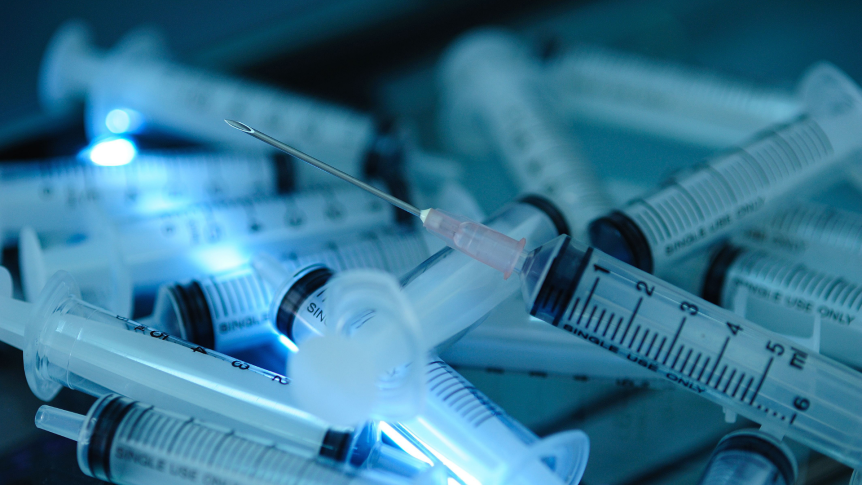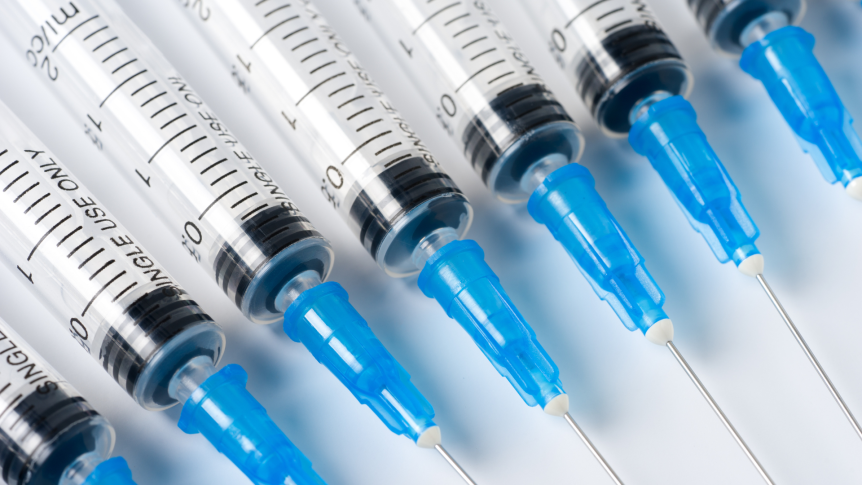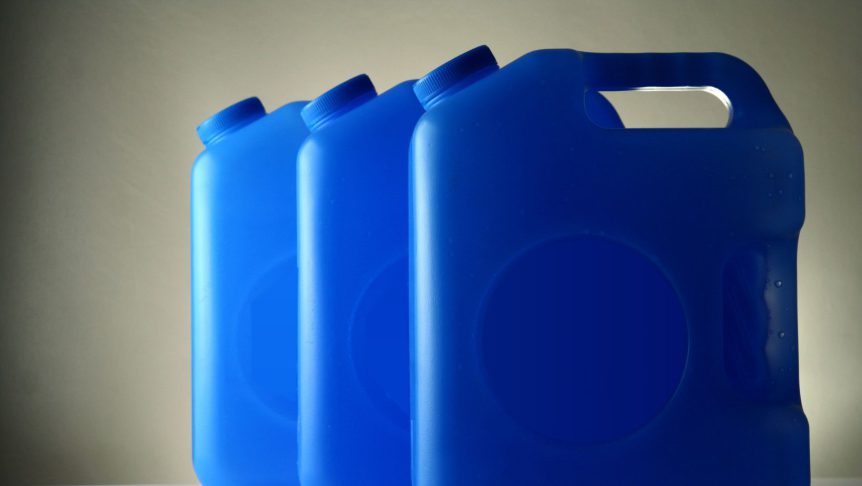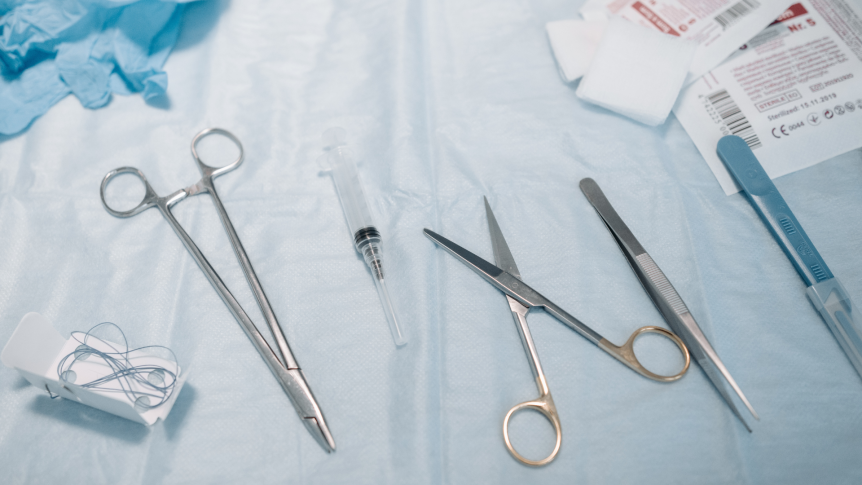Provided By: WebMD Needle stick injuries are a reality for people who regularly use needles, like nurses and lab workers. It also can happen if you handle trash, even if it’s not medical waste. According to the CDC, some 385,000 healthcare workers accidentally stick themselves with needles every year. Your chances of catching a disease from a single needle stick …
How to Dispose of Needles: Safe Practices for Discarding Used and Unused Sharps
Provided By: GoodRX Throwing away syringes, needles, and lancets — commonly called “sharps” — is important to prevent injury. Properly disposing of them can also help you avoid infections from used needles, including hepatitis B (HBV), hepatitis C (HCV), and HIV. Here, we’ll cover some basic facts about how to get rid of sharps — including syringe needle disposal, the …
Sharps Disposal Containers
Provided By: fda.gov Dos The FDA recommends that used needles and other sharps be immediately placed in FDA-cleared sharps disposal containers. FDA-cleared sharps disposal containers are generally available through pharmacies, medical supply companies, health care providers, and online. The FDA has evaluated the safety and effectiveness of these containers and has cleared them for use by healthcare professionals and the public …
How To Prevent Needlestick And Sharps Injuries
Provided By: CDC Needlestick and other sharp injuries are serious hazards in any healthcare setting. Contact with contaminated needles, scalpels, broken glass, and other sharps may expose healthcare workers to blood that contains pathogens that pose a grave, potentially lethal risk. Activities with Potential for Needlestick Injuries Home healthcare workers can be at risk for needlestick or sharps …



